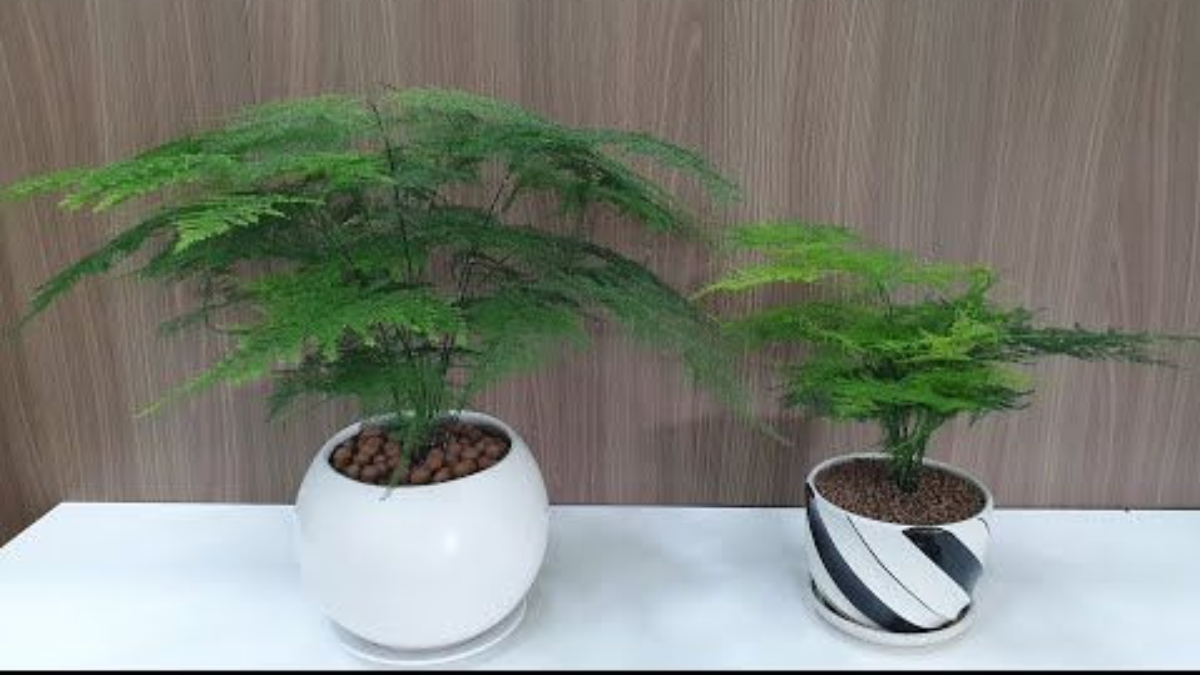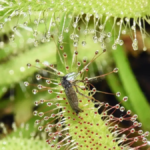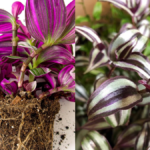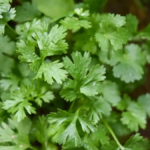How to Take Care of Asparagus Fern Plant is simple when you know the right steps. This plant needs bright indirect light, moist but well-drained soil, and regular watering to thrive indoors and outdoors. It is loved for its feathery foliage that looks soft but grows strong.
I have been growing asparagus fern in my garden for many years. At first, I thought it was a delicate plant that needed too much attention, but later I realized it is actually quite hardy. Once you understand its basic needs like water, sunlight, and soil, it becomes one of the easiest plants to grow. In this post, I’ll share my personal experience along with detailed care tips that will help your asparagus fern stay lush and green.
IN THIS ARTICLE
About Asparagus Fern
Asparagus fern is not a true fern. It belongs to the Asparagus family (same family as the edible asparagus vegetable). The plant is known for its airy, feathery foliage which makes it a popular houseplant and garden ornamental.
There are different types of asparagus ferns, such as:
- Asparagus setaceus (Lace fern or climbing asparagus)
- Asparagus densiflorus ‘Sprengeri’ (commonly called Sprenger’s asparagus fern)
- Asparagus densiflorus ‘Meyeri’ (Foxtail fern with bushy upright fronds)
Each variety has a unique look but their care needs are almost the same.
Quick Tips to for How to Take Care of Asparagus Fern Plant
- Keep in bright, indirect sunlight.
- Use well-draining soil rich in organic matter.
- Water regularly, keeping soil slightly moist but not soggy.
- Maintain moderate humidity.
- Fertilize monthly in growing season (spring and summer).
- Prune yellow or dried leaves for healthy growth.
- Repot every 2–3 years when roots outgrow the pot.
Watering the Asparagus Fern
Watering is the most important part of asparagus fern care. From my experience, this plant likes slightly moist soil but it should never sit in water.
- In summer, I water it every 2–3 days because the soil dries quickly.
- In winter, I reduce watering to once a week or whenever the topsoil feels dry.
- If the leaves start turning yellow and dropping, it usually means the soil has dried out too much.
- On the other hand, overwatering can cause root rot and lead to brown, mushy stems.
Tip: Use a pot with a drainage hole to avoid waterlogging.
Best Soil for Asparagus Fern
Soil plays a big role in keeping your plant healthy. From my gardening practice, I found that the asparagus fern grows best in loose, well-draining soil.
You can prepare a mix like this:
- 1 part garden soil
- 1 part coco peat or peat moss
- 1 part compost or organic manure
- A handful of sand or perlite for drainage
This mixture keeps the soil light and airy while holding enough moisture for the roots.
Sunlight Needs
The asparagus fern prefers bright, indirect sunlight. When I placed my plant in direct harsh sunlight, the leaves turned yellow and crispy. But in a shaded spot with good light, it stayed green and healthy.
- Indoors: Keep near a north or east-facing window.
- Outdoors: Place in a partially shaded area where it gets filtered light.
If the plant is kept in very low light, the foliage will turn pale and growth will slow down.
Humidity and Temperature
Since the asparagus fern is native to South Africa, it loves a warm and humid climate.
- Ideal temperature: 15°C to 30°C.
- It does not like frost, so in winter, keep it indoors if you live in a cold area.
- For humidity, I sometimes spray water mist on the plant, especially in dry weather. This keeps the leaves fresh and prevents them from drying out.
Fertilizing the Plant
Feeding the plant regularly helps it stay lush. I usually give my asparagus fern liquid fertilizer once a month during the growing season (spring and summer).
- Use a balanced houseplant fertilizer (like 10-10-10 NPK).
- Dilute it to half strength before applying.
- In winter, avoid fertilizing because the plant grows slowly.
Adding a bit of organic compost to the soil once in 2–3 months also works very well.
Pruning and Maintenance
Asparagus fern grows fast and sometimes becomes messy. I prune my plant every 2–3 months to keep it in shape.
- Cut off yellow or brown fronds.
- Trim old stems from the base to encourage new growth.
- If growing indoors, clean dust from the leaves using a soft brush.
Regular pruning not only makes the plant look neat but also helps new shoots grow stronger.
How to Propagate Asparagus Fern
Propagation is very easy and I have done it several times. There are two main methods:
1. Division Method
- Take the plant out from the pot.
- Gently separate the root ball into two or more sections.
- Replant each section in fresh soil.
- Water well and keep in shade for a few days.
This is the most successful method.
2. Seed Method
- Collect seeds from the small red berries of the plant.
- Sow them in moist soil mix.
- Keep in warm, bright place.
- Seeds take 3–4 weeks to germinate.
Common Problems and Solutions
| Problem | Cause | Solution |
|---|---|---|
| Yellow leaves | Too much sun or lack of water | Shift to indirect light, water regularly |
| Brown tips | Low humidity or excess fertilizer | Mist leaves, reduce fertilizer |
| Dropping leaves | Sudden temperature change | Keep in stable, warm place |
| Root rot | Overwatering | Use well-draining soil, reduce watering |
Asparagus Fern Indoors vs Outdoors
- Indoors: Looks beautiful in hanging baskets, living rooms, or balconies. Needs regular misting and indirect light.
- Outdoors: Can be grown in shaded gardens, borders, or ground cover. Grows faster outdoors with natural humidity.
From my experience, the plant looks more fresh outdoors, but indoors it adds a soft, elegant look to the room.
Repotting Asparagus Fern
This plant grows fast and can become root-bound. I repot mine every 2–3 years.
- Choose a pot one size bigger than the old one.
- Refresh soil with compost.
- Trim old roots before replanting.
After repotting, water lightly and keep in shade for a week.
Benefits of Growing Asparagus Fern
- Air purifying qualities – keeps the environment fresh.
- Beautiful foliage – makes home and garden more attractive.
- Low maintenance – easy to grow for beginners.
- Versatile use – can be grown in pots, baskets, or ground.
Conclusion
How to Take Care of Asparagus Fern Plant is easy if you follow the right steps. With proper watering, well-draining soil, indirect sunlight, and a little humidity, this plant will reward you with soft green foliage all year round. From my gardening journey, I can say this plant is strong, forgiving, and perfect for both indoor and outdoor decoration.
3 Easy Ways to Propagate Spider Plant (With My Experience)
Best Way to Care for Houseplants – Complete Beginner’s Guide











